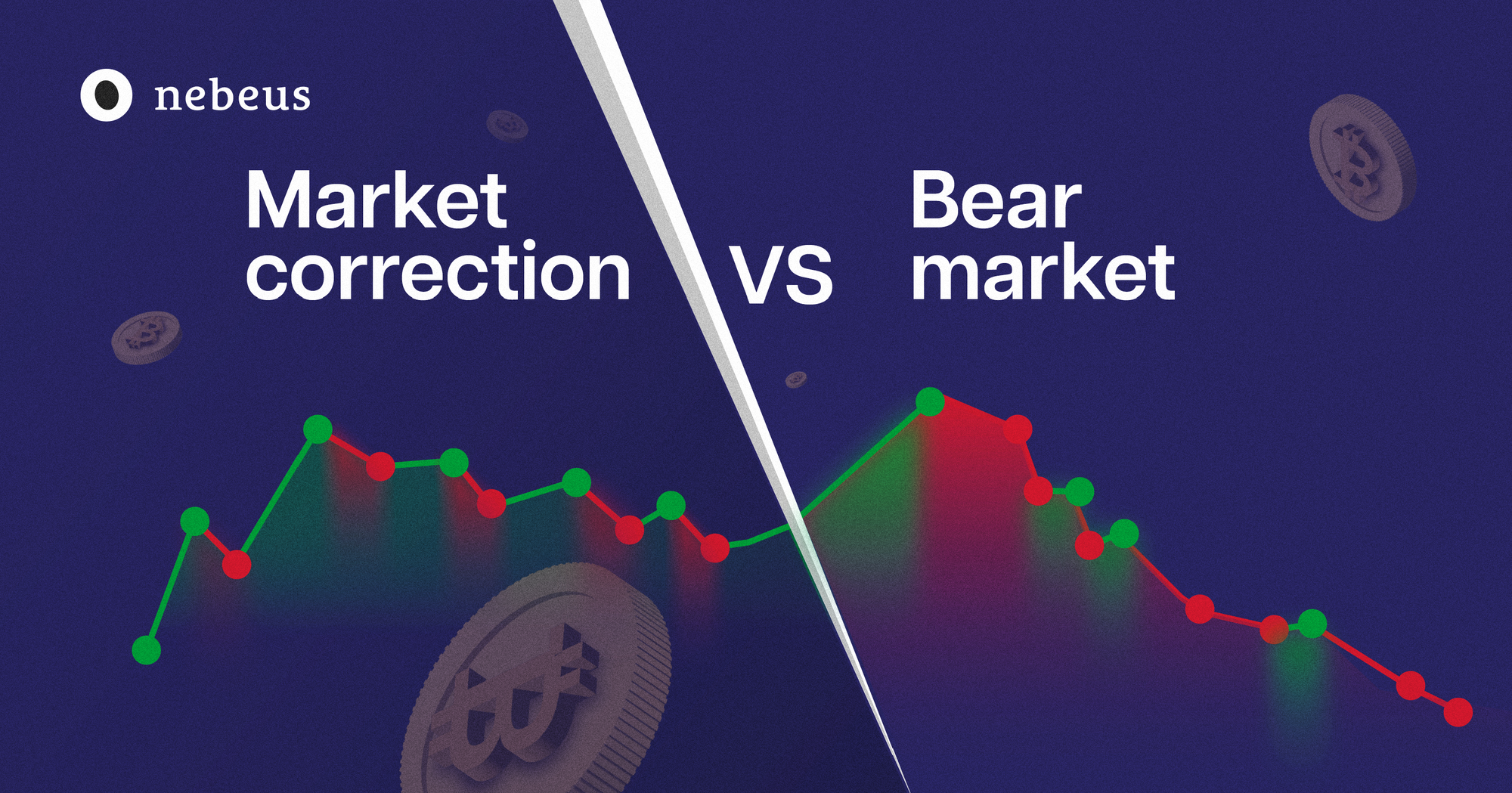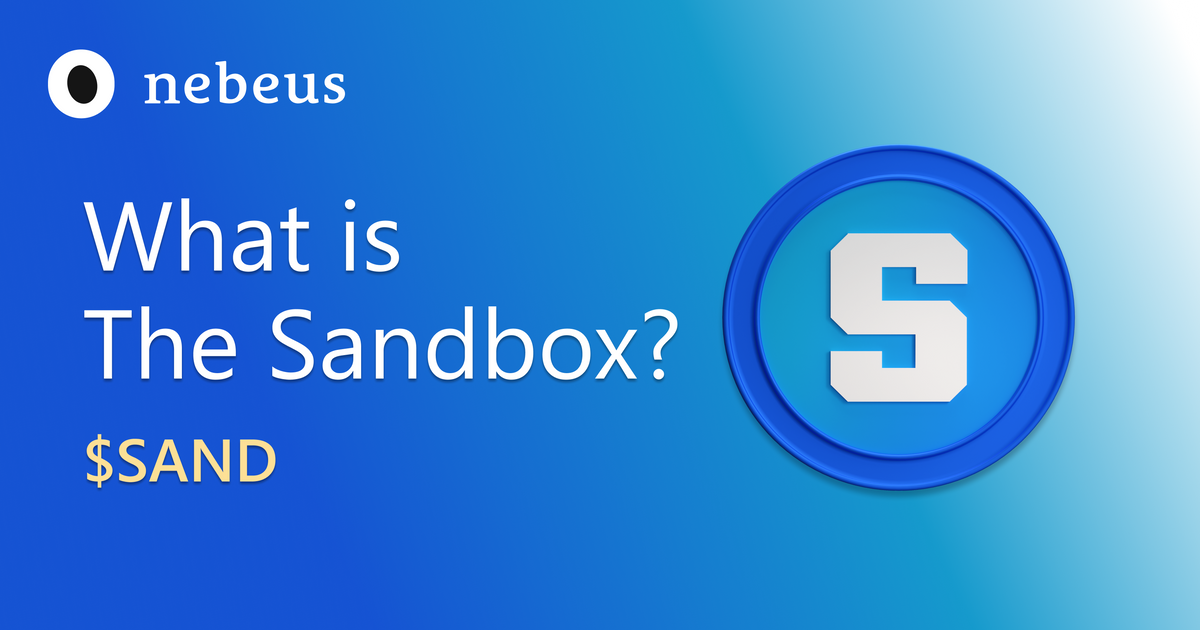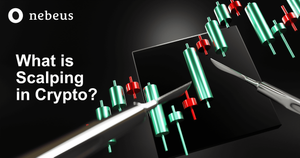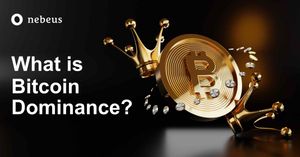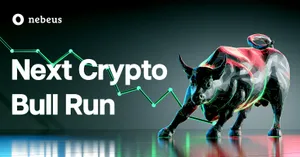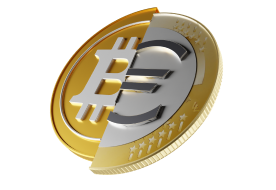If you're just getting started in the world of crypto, you might be wondering what all of these terms mean. Even if you have a spread of investments, the world of crypto can be hard to understand. Don't worry, we're here to help. In this article, we'll go over some of the most common cryptocurrency terms and briefly explain what they mean.
Altcoin
Altcoin is a term used to describe any cryptocurrency that is not Bitcoin. Bitcoin is the first and most popular cryptocurrency, and all other cryptocurrencies are considered altcoins. Altcoins can be traded for Bitcoin on many cryptocurrency exchanges, and some are also used to purchase goods and services.
Blockchain
Blockchain is a type of distributed ledger technology (DLT), which means that it is a way of securely recording and sharing data across a network of computers. In a blockchain, all of the data is stored in "blocks", which are linked together in a chain. This chain is secure because each block contains a cryptographic hash of the previous block, meaning that any changes to the data in one block would be detectable in all subsequent blocks.
Cryptocurrency
Cryptocurrency is a digital or virtual currency that uses cryptography to secure its transactions and control the creation of new units. Cryptocurrency is decentralized, meaning it is not subject to government or financial institution control. Bitcoin, the first and most well-known cryptocurrency, was created in 2009 by Satoshi Nakamoto. Cryptocurrencies are often traded on decentralized exchanges and can also be used to purchase goods and services.
Wallet
A wallet is a digital or physical container that stores cryptocurrencies and other digital assets. Wallets can be software or hardware devices, and they come in many different shapes and sizes. Some wallets are designed for specific cryptocurrencies, while others can store multiple types of digital assets.
Decentralized Autonomous Organisation
A decentralized autonomous organization, or DAO, is a type of organization that is run through computer code on a decentralized network, rather than through a centralized authority. This code can be used to automate certain tasks or governance procedures within the DAO. They can be used to manage a wide variety of tasks, from creating a new currency to managing a decentralized online marketplace.
Smart Contract
A smart contract is a program that runs on a blockchain network. It can automatically execute the terms of a contract when certain conditions are met. For example, a smart contract could be used to automatically pay a musician every time they release a new song.
Decentralized Finance/De Fi
Decentralised finance (DeFi) is a term used to describe financial applications that are built on top of a decentralised infrastructure. DeFi applications are often trustless and censorship-resistant, meaning that they can be used by anyone, anywhere in the world.
Centralized Finance
Centralised finance is a system where the control of money and financial assets is concentrated in the hands of a few large institutions. These institutions can be banks, governments or other financial intermediaries. Centralised finance allows for the efficient allocation of resources, but can also lead to financial instability.
Market Capitalisation
Market capitalisation can give you a good idea of the overall health of a particular cryptocurrency. It is calculated by taking the total number of coins in circulation and multiplying it by the current market price. This gives you a rough estimate of the value of a cryptocurrency.
Bitcoin
Bitcoin is a digital currency that was created in 2009. It is often referred to as a "cryptocurrency" because it is decentralized and uses cryptography to secure its transactions. Bitcoin is unique in that there is a finite number of them: 21 million. This means that Bitcoin is not subject to inflation like traditional currencies.
Bitcoins are created by "mining." This is a process where users computationally solve a cryptographic problem in order to create a new Bitcoin. Transactions in Bitcoin are verified by a network of computers that use a consensus-based algorithm to agree on the order in which they occurred. This verification process is called "mining" because it is similar to the way new Bitcoins are created.
Node
A crypto node is a computer that participates in the crypto network. The crypto network is a peer-to-peer network in which nodes cooperate to maintain the ledger. A crypto node downloads the ledger and verifies the transactions. The crypto node also participates in the consensus process by voting on new blocks.
Mining
Crypto mining is the process of verifying and adding new transactions to the blockchain. Miners are rewarded with crypto tokens for their efforts. Mining is essential to the operation of a blockchain-based network.

Public & Private Key
A public key is a cryptographic key that is publicly known. This key is used to encrypt data that can only be decrypted with the corresponding private key. A public key can also be used to verify digital signatures.
Gas
Gas is a unit of measurement used in Ethereum to quantify the amount of work that is required to execute a transaction or contract. It is also used as a pricing mechanism or fee for the purchase of resources on the Ethereum network. Gas is paid in Ethereum tokens and is used to prevent spam on the network and to compensate miners for their work.
Initial Coin Offering (ICO)
An initial coin offering (ICO) is a way of crowdfunding a new cryptocurrency project. In an ICO, a company sells a percentage of its cryptocurrency tokens to early backers of the project in exchange for legal tender or other cryptocurrencies.
Token
A token is a digital asset that allows you to interact with decentralized applications (dApps) on the Ethereum blockchain. Tokens can represent anything, from digital assets, to vouchers, to points. Tokens can be used to pay for goods and services, or to exchange for other tokens.
Stablecoin
A stablecoin is a digital asset that is attached to a stable asset, such as the US dollar. This attachment maintains the value of the stablecoin, making it less volatile than other digital assets. Many stablecoins are backed by reserves of the stable asset, which helps to ensure that the peg remains in place.
Wen Lambo
Wen Lambo is this short version of “when will you buy a Lamborghini?”. It's a means to inquire as to when someone will become wealthy enough to purchase an extravagant vehicle like a Lamborghini with their cryptocurrency holdings.
HODL
HODL is a term that is often used in the cryptocurrency community. It is a misspelling of the word "hold" and it is pronounced "huh-dle." The term is used to describe the act of holding onto cryptocurrencies for the long term, even when the market is experiencing a downturn. Some people believe that HODLing is the best way to maximize profits in the cryptocurrency market.
Hash Rate
A hash rate is the speed at which a computer can complete the hashing algorithm required to mine a Bitcoin block. The higher the hash rate, the more likely a computer is to find a block and receive the associated Bitcoin reward.
Fork
Fork is a term often used in the cryptocurrency world. A fork occurs when a blockchain splits into two separate chains. Forks can be temporary or permanent.
A temporary fork is created when two or more nodes disagree on the state of the blockchain. These nodes will then split into two separate chains. A permanent fork is created when a hard fork occurs.
A hard fork is a change to the blockchain protocol that results in a permanent split of the chain. Hard forks require all nodes on the network to upgrade to the new protocol in order to continue to participate in the network.
FUD
FUD stands for Fear, Uncertainty and Doubt and is a technique used to manipulate prices in the market.
FUD can be spread through rumours, or through actions by influential people in the space. It is important for investors to be able to identify FUD when it crops up and not be swayed by it.
Shill
Shill, also known as a pump and dump, is a type of fraud in the cryptocurrency world. This is when a person or group tries to increase the price of a coin by artificially inflating demand. Then, they quickly sell their coins at the inflated price, making a profit. This can be done by spreading positive news about a coin, or by buying up a large amount of coins and then selling them all at once.
Bullish & Bearish
There are two types of market sentiment: bullish and bearish.
Bullish sentiment is when investors are optimistic about the market and think that prices will go up. This can be seen in actions such as buying stocks, commodities, or other investments.
Bearish sentiment, on the other hand, is when investors are pessimistic about the market and think that prices will go down. This can be seen in actions such as selling stocks, commodities, or other investments.
Both bullish and bearish sentiment can exist at the same time, with different investors feeling differently about the market.
Buying The Dip
When it comes to crypto, buying the dip is a term that is often used. Essentially, it means that you are buying into a digital asset when the price is lower than it was previously. This can be a great way to make a profit, as the price is likely to go up again in the future.
Rekt
Rekt is a term used in the crypto world to describe when someone has suffered a severe financial loss, either from a recent price crash, a bad trade or investment.
Nebeus is a secure and reliable platform to buy, hold and transfer your investments. Sign up for a Nebeus account today.
La inversión en criptoactivos no está regulada, puede no ser adecuada para inversores minoristas y se puede perder la totalidad del monto invertido.




